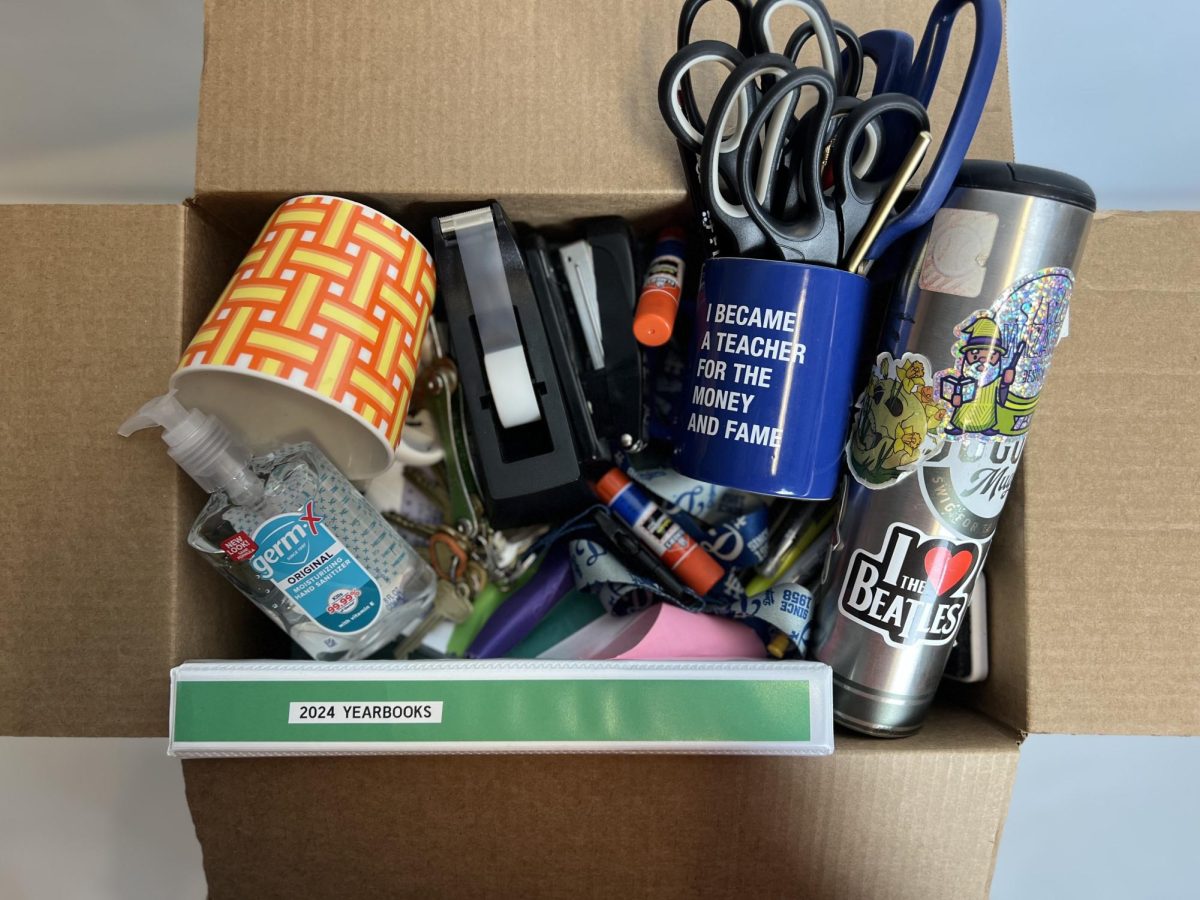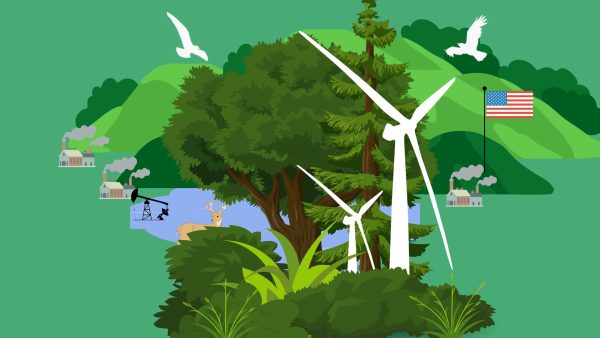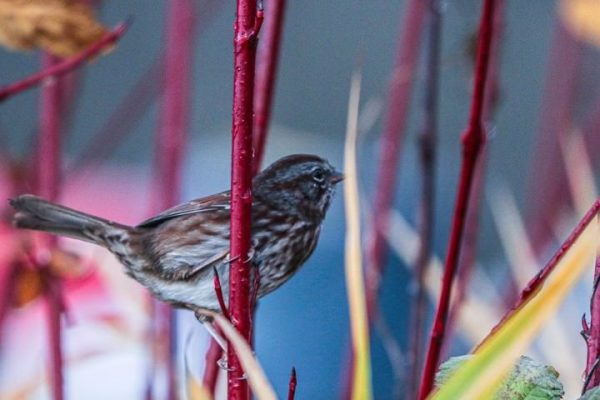Mary S. Young’s invasive species crisis

CTE Club field trip working with ecologist Laura Guderyahn in Oaks Bottom Wildlife Refuge.
One of Oregon’s defining features is the dedication to its natural environment. This year, the Oregon Department of Forestry gave $725,000 to eight forest collaboratives across the state. These funds have gone to helping with forest restoration efforts including invasive species removal, litter clean-ups, and trail improvements.
Despite all of its efforts, Oregon’s fertile soil and flourishing ecosystem leaves it vulnerable to invasive species. Invasive species are plants and animals that aren’t native to the local environment. They cause imbalance in the ecosystem and can drive native species to extinction. In Oregon, many of the foreign species can be traced back well over a hundred years.
English ivy in the community
English ivy is one of the most predominant invasive species along the West Coast. It thrives in both sun and shade, spreading quickly and becoming very difficult to remove.
When British settlers first arrived on the West Coast, they brought the ivy with them. While its fast growing, sprawling nature is ideal for ground cover, it’s difficult to control and can easily begin to dominate entire ecosystems. Deciduous trees are particularly vulnerable to English ivy; in the winter, after the leaves fall the vine can take advantage of the extra sunlight. This allows it to spread further, covering the ground beneath and preventing new saplings.
Despite this, this invasive vine continues to be sold in nurseries along the coast and many still choose to plant it in their yards as space fillers. In Mary S. Young State Park, the problem is especially apparent.
Mary S. Young stretches over 128 acres of forest and features over 5 miles of hiking trails. It’s located along the Willamette River, harboring thousands of species, including the Pacific Trillium that is only found in the Pacific Northwest. English ivy can be found everywhere in the forest.
Managing invasive species in Mary S. Young is especially vital due to its location on the Willamette River. Without proper control, invasive species could continue to spread exponentially across the bank, and diffuse downstream.
Managing the ivy
While the problems that English ivy pose are far too large for individuals to face, ongoing community efforts to combat the vine and other invasive species have been historically successful in preventing further damage. SOLVE Oregon is a volunteer based organization that focuses on keeping Oregon’s environment clean and healthy.
SOLVE hosts monthly volunteering opportunities in Mary S. Young. These work parties involve ivy-pulling and other invasive species removal, trail restoration, and native plant nurturing amongst other jobs around the forest. SOLVE also hosts a variety of other environmental restoration and upkeep events in the Portland Metro area and along the coast.
“It helps the environment and has shown me how much of an effect we can have on the environment, whether positive or negative,” Henry Stumme, freshman, said in reference to working with SOLVE. He participated in the efforts to remove ivy from Mary S. Young.
Volunteering with SOLVE is just one way students can get involved in environmental efforts. In the face of the climate crisis, it’s especially vital for younger generations to work to protect our environment.
The CTE Club’s efforts
There are other ways that students can partake in efforts to help the environment as well. In the past year, the CTE Environmental Science Club has worked to help sustain the local habitat. Club members participate in field trips around the Portland area to assist in various environmental efforts such as tree planting and ivy pulling.
On Tuesday, April 19, the club spent a day working to survey amphibian egg masses and their growth in Oaks Bottom Wetlands. The team worked with Laura Guderyahn, an ecologist with Portland Parks and Recreation.
“[The students] are interested in the stuff. They’re enthusiastic, they want to be out in the field working with professionals,” said Jim Hartmann, who works closely with the club. “They’re just really great kids to work with.”
Meetings are held most Tuesdays in room 705. For more information, contact club presidents Caroline Nielsen or Lucy Lotspeich at nielsenc@wlhs.wlwv.k12.or.us. and lotspeil@wlhs.wlwv.k12.or.us.
Your donation will support the student journalists of West Linn High School. Your contribution will allow us to continue to produce quality content by purchasing equipment, software, and continuing to host our website on School Newspapers Online (SNO).

Kaelyn Jones, junior, has been involved with wlhsNOW since her freshman year. As the first multimedia editor, she hopes to push podcasting and broadcast...


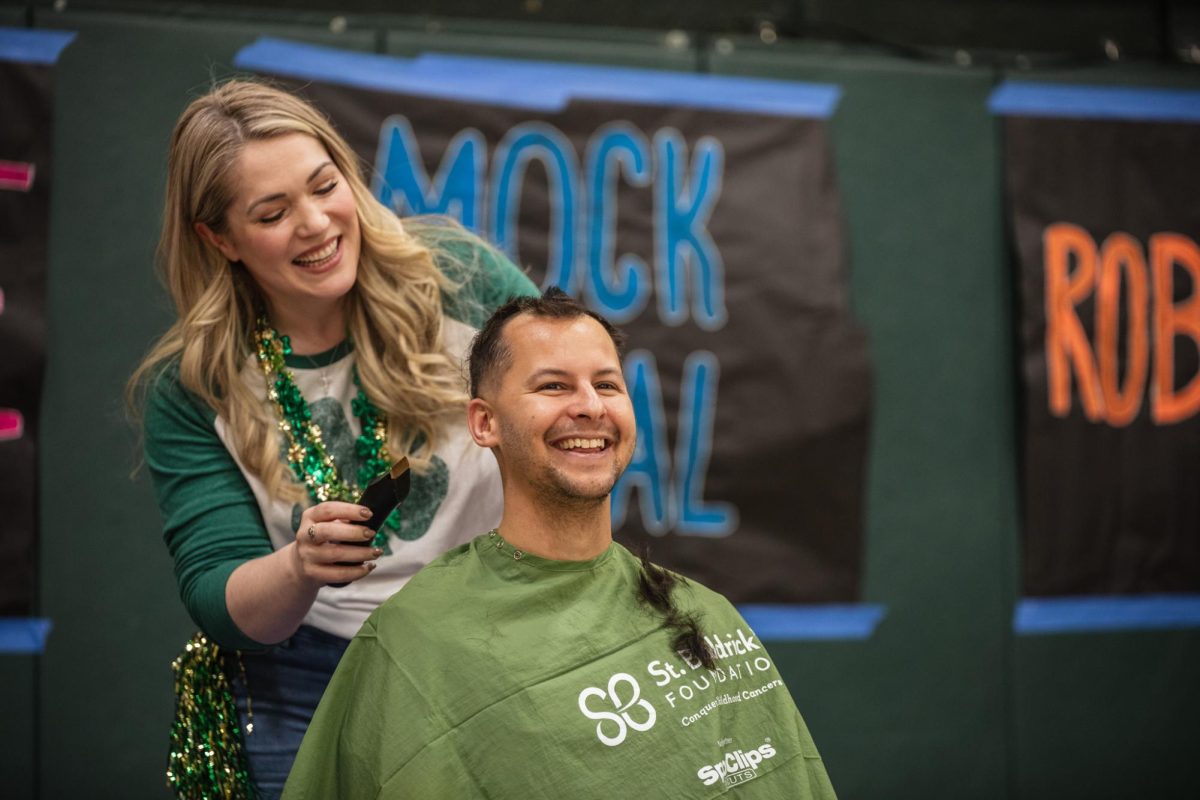
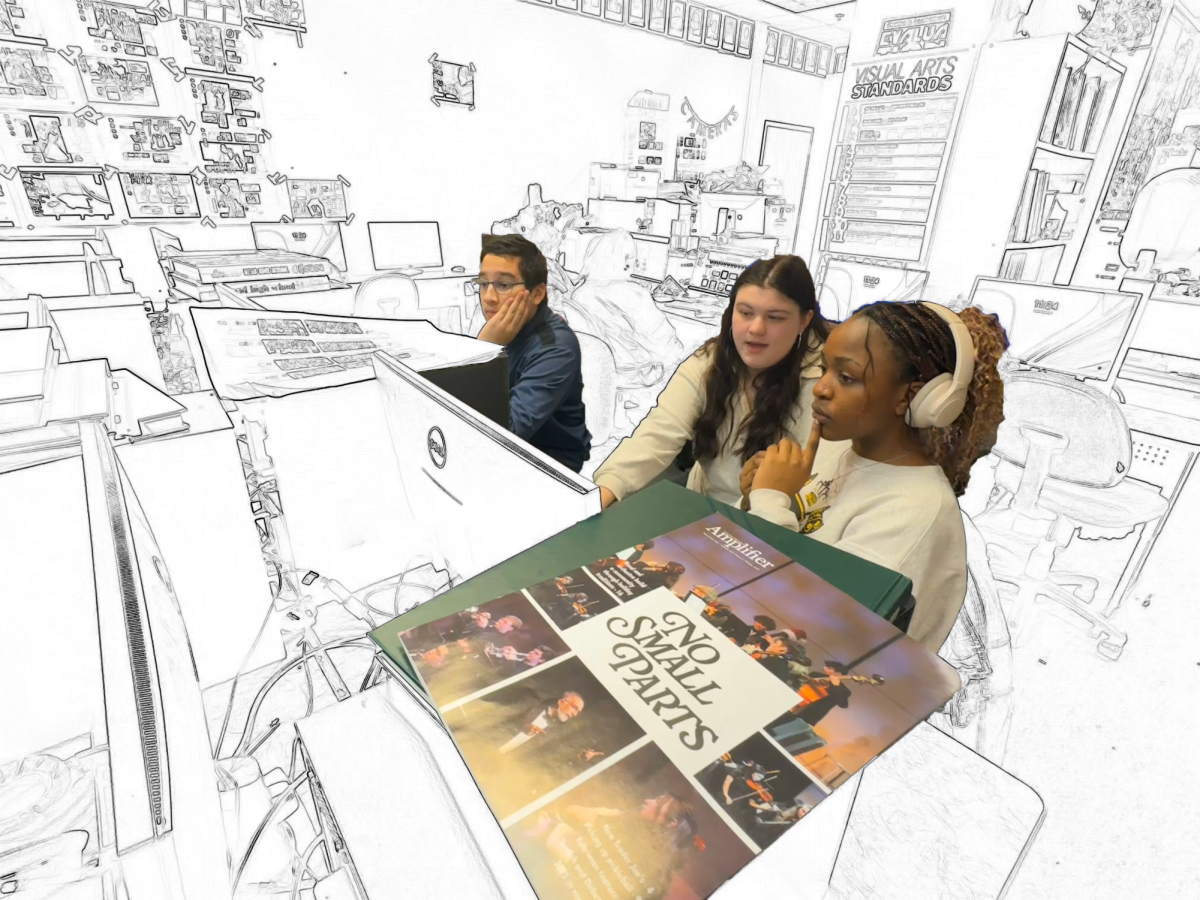


![Reaching out. Christopher Lesh, student at Central Catholic High School, serves ice cream during the event on March 2, 2025, at the Portland waterfront. Central Catholic was just one of the schools that sent student volunteers out to cook, prepare, dish, and serve food. Interact club’s co-president Rachel Gerber, junior, plated the food during the event. “I like how direct the contact is,” Gerber said. “You’re there [and] you’re just doing something good. It’s simple, it’s easy, you can feel good about it.”](https://wlhsnow.com/wp-content/uploads/2025/03/interact-1-edited-1200x744.jpg)





































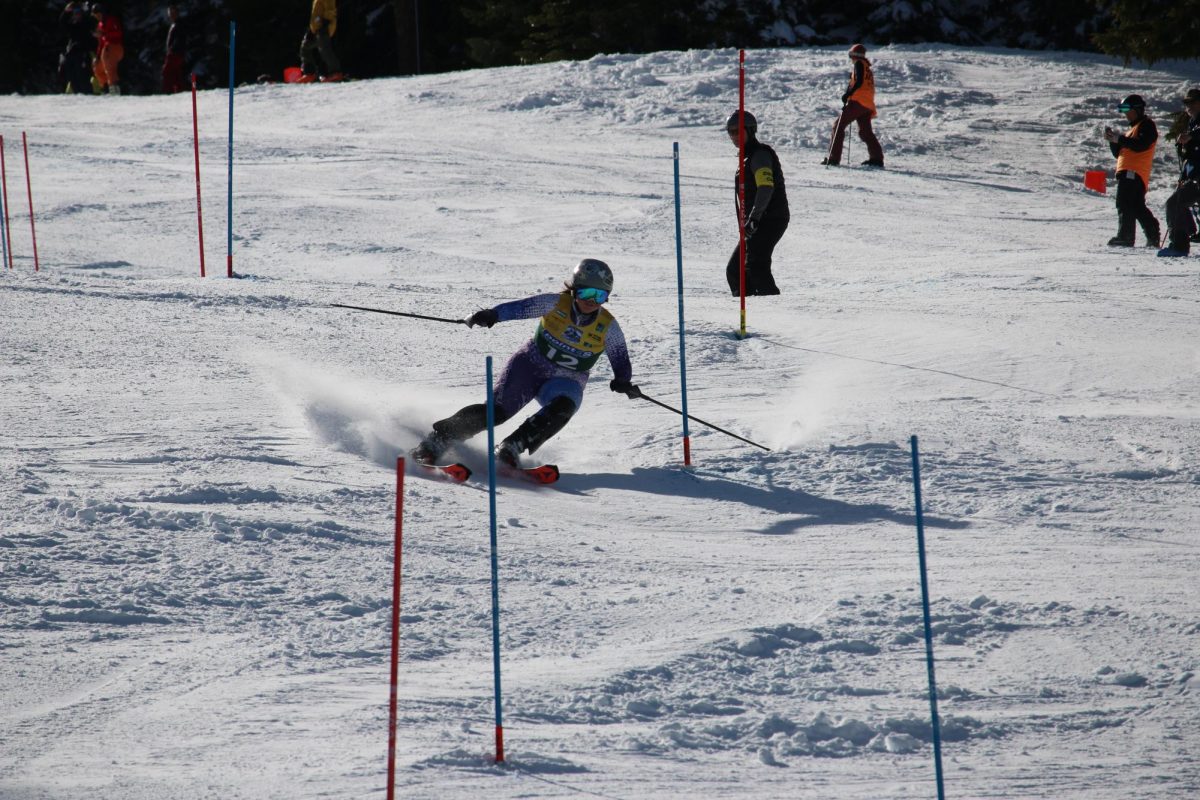

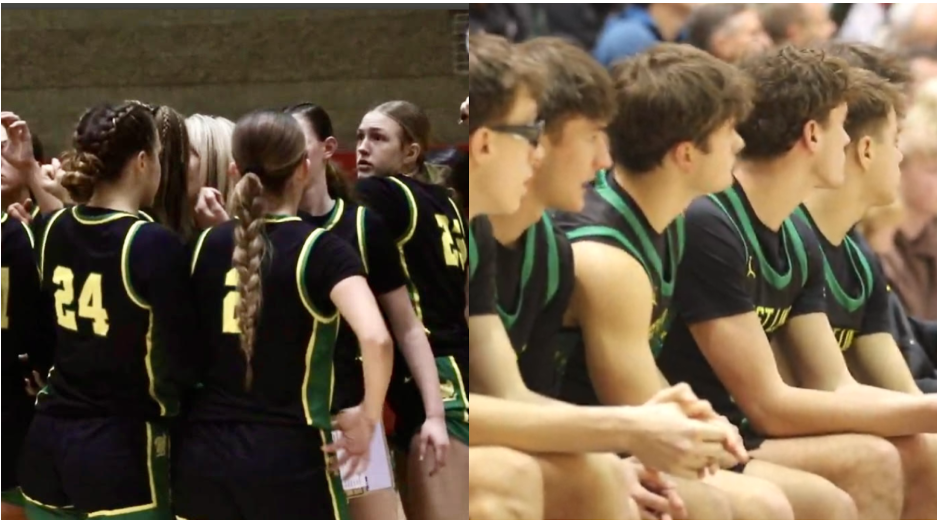












![At the bottom of the third inning, the Lions are still scoreless. Rowe stands at home plate, preparing to bat, while Vandenbrink stands off to the side as the next batter up. Despite having the bases loaded, the team was unable to score any runs. “It’s just the beginning of the season. We’re just going to be playing out best by June, [and] that’s where champions are,” Rowe said.](https://wlhsnow.com/wp-content/uploads/2024/03/IMG_3077-1200x900.jpg)















































